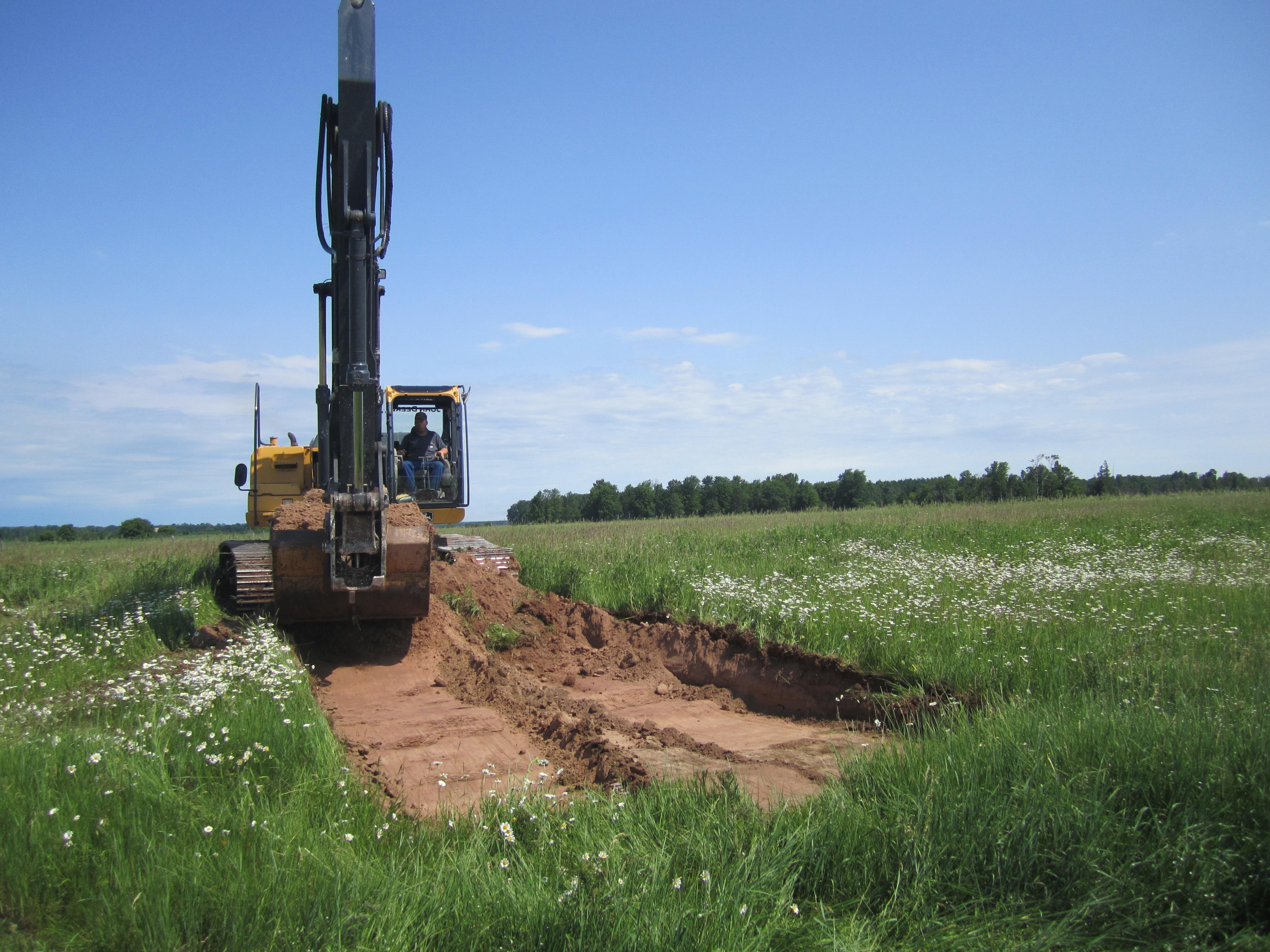
In the Great Lakes area, the terrestrial fingerprints of abrupt climate changes in course of deglaciation during the Holocene transition are often present in pollen records, yet even greater details of the environmental could be gleaned with high-resolution tree ring proxies. A campaign has been launched to locate, sample, and analyze tree rings of surprisingly abundant subfossil wood preserved in the Great Lakes area to improve understanding of past (and possibly future) abrupt climate change in a region where these events may have even been triggered (e.g., by glacial meltwater discharge) and where early human and megafauna populations were likely profoundly affected.
This initiative seeks more sites and samples for next three year for analysis of tree-ring width variance and stable carbon & oxygen isotopes to be compared with high-resolution pollen records in the region. Late glacial and post glacial wood deposits are not common but rather rare features of the Midwest landscapes. A single piece of wood from a site is useful, but finding locations with multiple and well-replicated wood collections especially with stumps would offer the greatest potential for environmental reconstructions.
